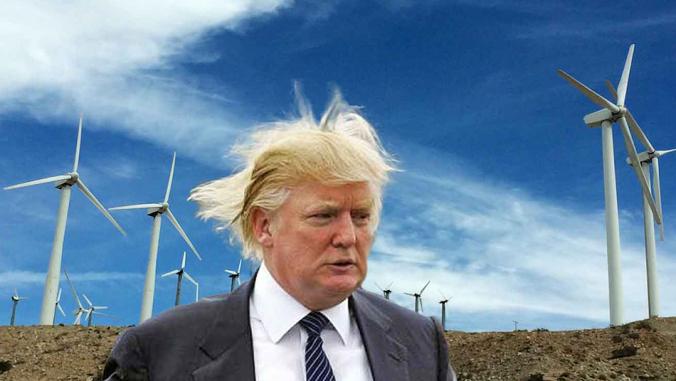Why a Smart Infrastructure Bank is the Right Way to Rebuild America
<p>From bring corporate tax dollars back to the U.S. to shoring up our crumbling infrastructure, ideas like Connecticut's Green Bank are starting to gain traction in Washington -- and not a moment too soon.</p>

This article originally appeared on CleanEdge.
It wasn't exactly a quiet or peaceful summer. Congress and President Obama battled it out over the debt ceiling, Standard & Poor's downgraded America's credit rating, Italy and Spain became the latest countries to join the Eurozone's solvency crisis, and there was continued unrest in the Middle East. Add in the jobs crisis, and it was a summer that sizzled hotter than the record-breaking heat wave that hit much of the country.
With the president addressing the nation today on America's jobs challenge, I wanted to lay out my own thoughts on an innovative way to fund job growth and implement clean-tech infrastructure projects around the country.
First, let's look at some of the significant issues facing our country:
- The U. S. has a backlog of basic infrastructure investments that need to be attended to, or we risk more collapsed bridges, uninhabitable schools, and natural gas pipeline explosions.
- The nation, to compete effectively, needs an upgraded, smart electric grid that can accommodate clean electrons, integrate electric vehicles and battery storage systems, and support the latest demand-side efficiency measures.
- Millions of Americans need jobs, desperately and immediately.
- Schemes that require new revenue sources are likely a non-starter in the current Republican-controlled House of Representatives.
- We need to supercharge the economy or we risk a double-dip recession.
So what's the solution? A Smart Infrastructure Bank, if structured properly, could serve to resolve many of the above issues.
Back in January 2010, former Federal Communications Commission chairman and current Coalition for Green Capital CEO Reed Hundt spoke at our annual Clean-Tech Investor Summit.
For the past couple of years, Hundt has been working to forward the idea of a national green bank in the U. S. as well as at the state level. His ideas have influenced a host of energy, policy, and business stakeholders, including me.
"To get low cost of capital you can either have the U. S. government guarantee the debt, but no one wants to do that," Hundt explained in a recent phone interview, "or you can set up a public-private bank that has a public-private mission. It seeks to maximize the amount of money invested, not maximize its profit, and it can pursue long-term investments. "
A well-structured infrastructure bank would focus on project deployment, not equity-type investments, via low-cost loans that reward investors via a constant annuity stream (such as the sale of electrons from solar power or savings from energy-efficiency improvements).
One funding idea that Hundt has forwarded, and that I find particularly interesting, is using a corporate repatriation tax holiday to bring around $100 billion or more back into the country to fund infrastructure investments (an estimated $1.4 trillion is currently sitting overseas in corporate coffers). Chicago Mayor Rahm Emanuel recently endorsed a similar repatriation holiday, suggesting a 15 percent rate on profits instead of the current 35 percent corporate tax rate, if the tax receipts, or a portion of them, were placed in an infrastructure bank.
There are plenty of critics, and the last corporate tax holiday in 2004-05 was a dismal failure in creating jobs, but members of Congress and others are starting to consider such a plan. Significant details would need to be worked out to guarantee a successful and effective plan, but it could offer a clear path to fund critical U.S. infrastructure and clean-tech initiatives while creating jobs in a revenue-neutral way.
The Export-Import Bank of the United States offers a comparable model and one that has been very successful in serving to increase U.S. exports via low-cost lending. But if the federal government can't forge a bipartisanship partnership to lead the way, states may just fill in the void.
Connecticut, with notable bipartisan support, earlier this year became the first state in the nation to launch its own Green Bank. The bank is revenue-neutral, tapping a number of existing sources including a ratepayer charge of 1/10th of a cent per kilowatt-hour previously used for the Connecticut Clean Energy Fund.
The new bank is looking to offer $30 million to $50 million a year in low-interest loans to clean-energy and energy-efficiency projects located in the state.
There are other ways that a smart infrastructure bank might be funded nationally. I'm hoping that the president and Congress will move to make it a reality. But unfortunately the outlook in Washington, D.C., like this summer's heat wave, is stifling and oppressive.
And while I'm praying that calmer (and forward-looking) heads prevail, and we can get down to the hard work of rebuilding our jobs base and our country, I'm not holding my breath.
Photo CC-licensed by Bill Jacobus.





